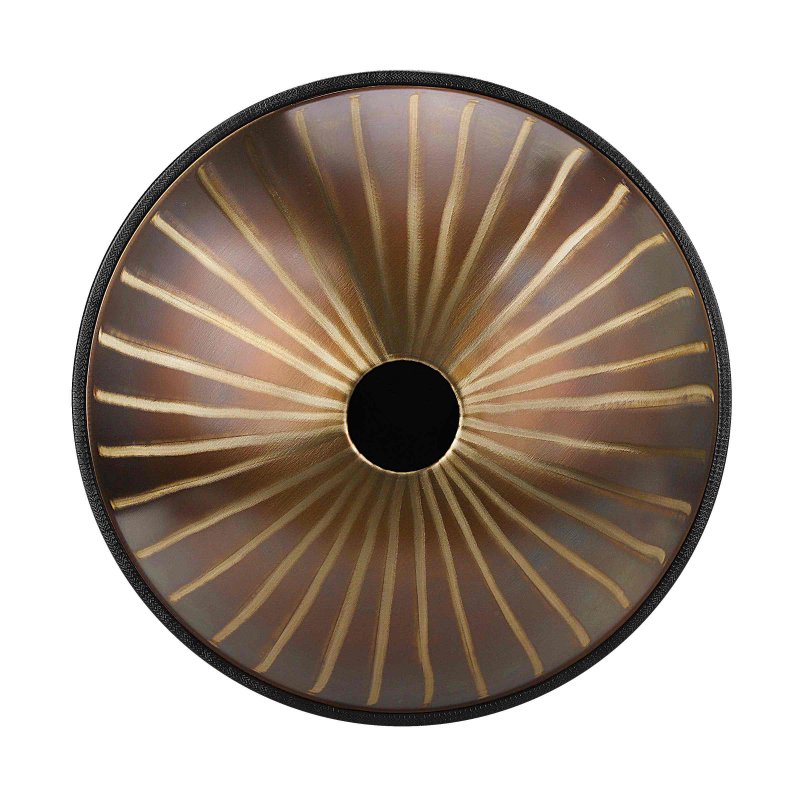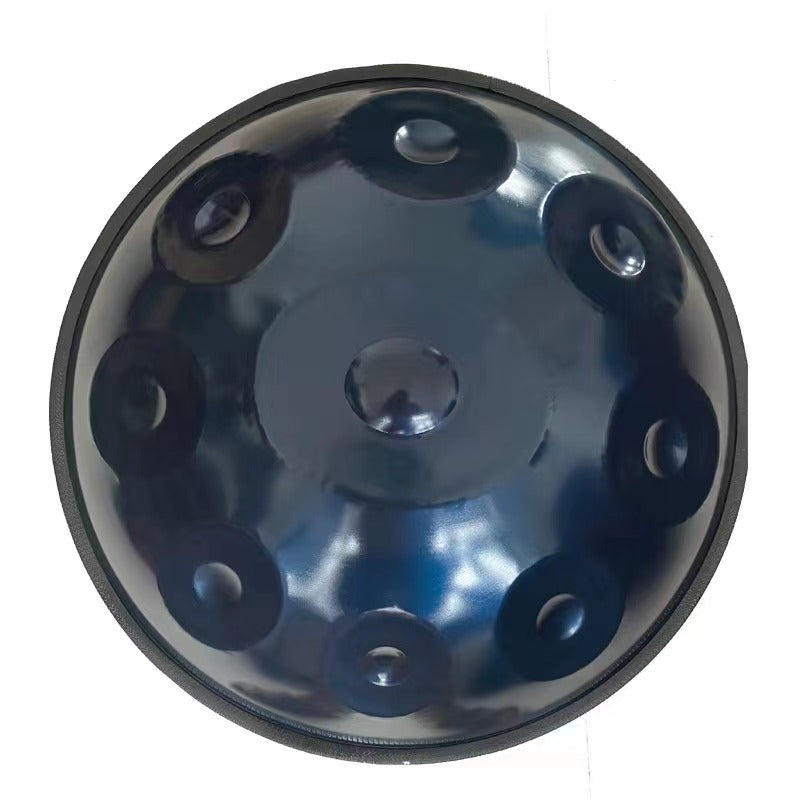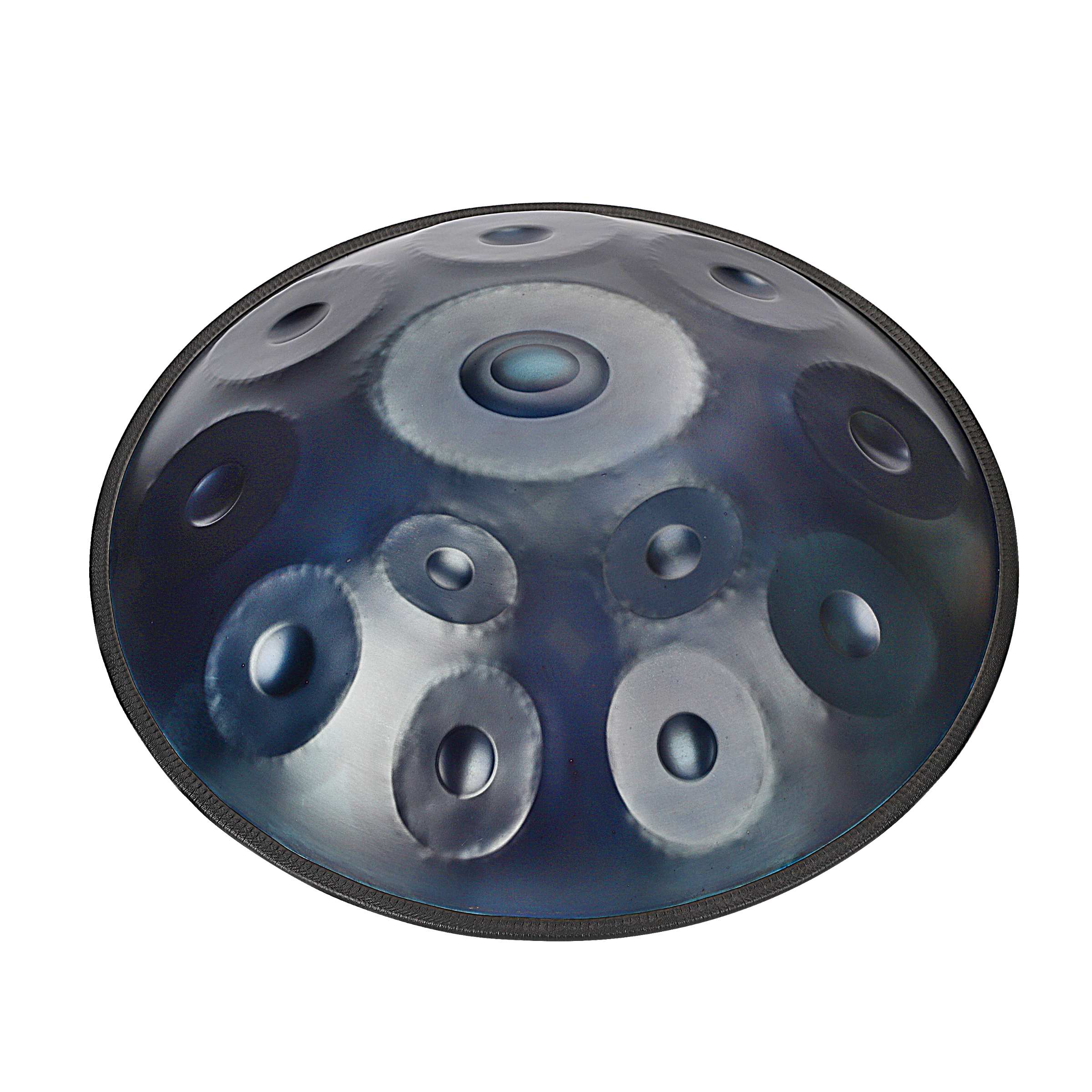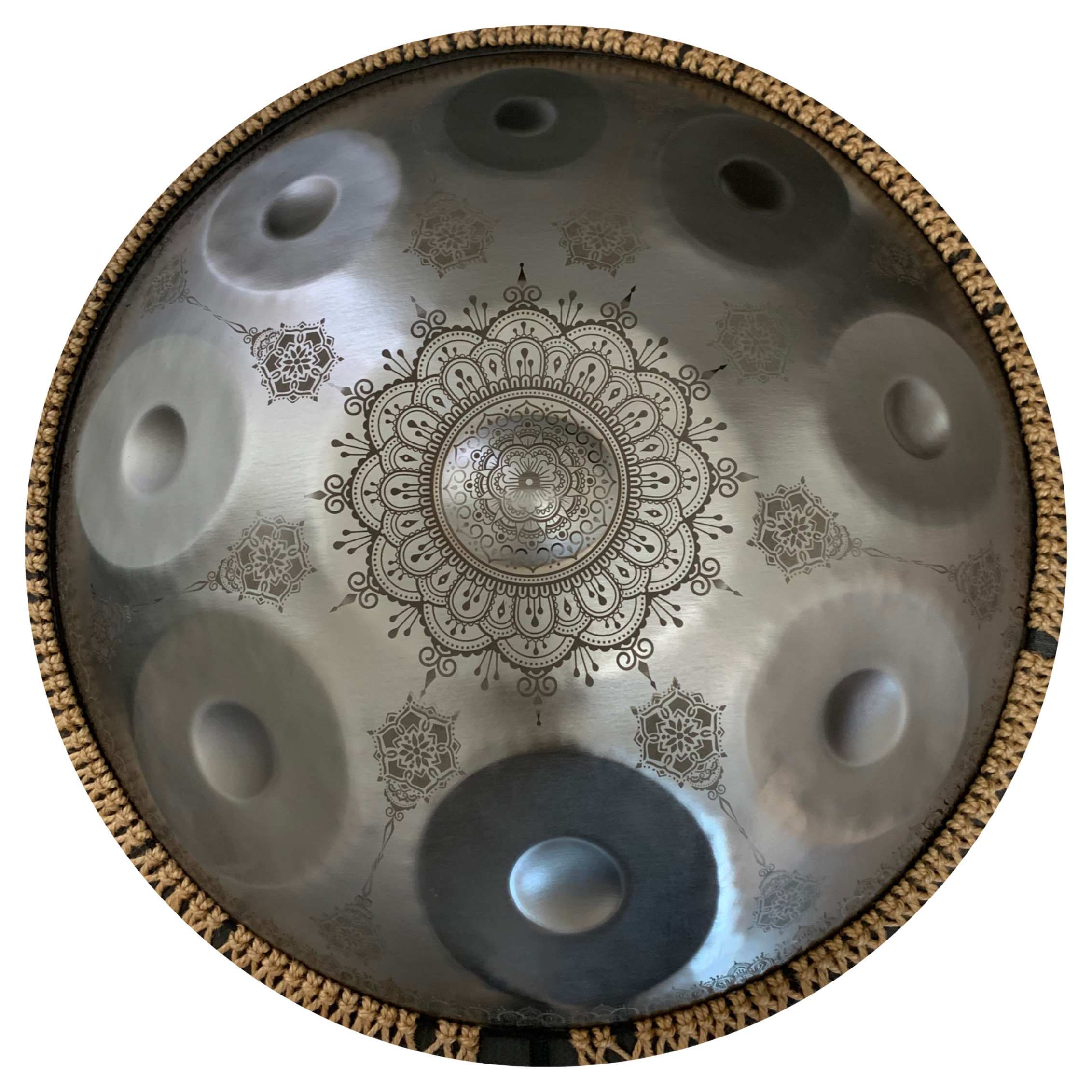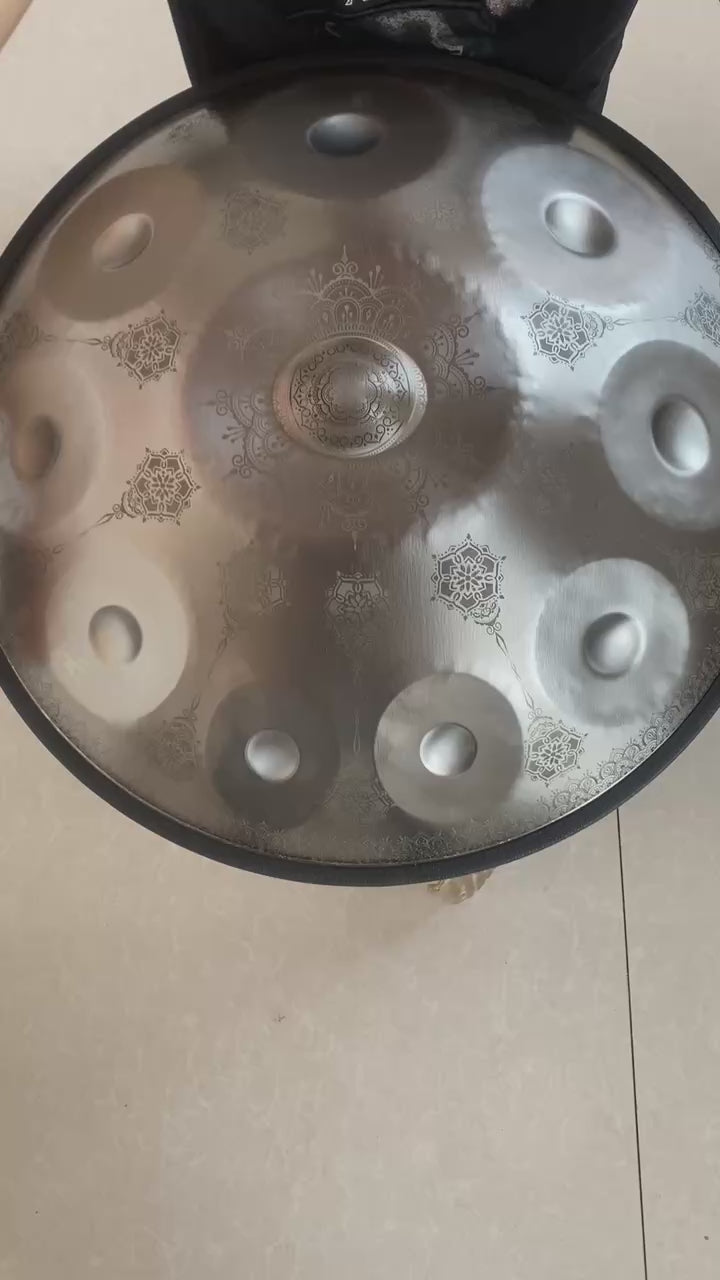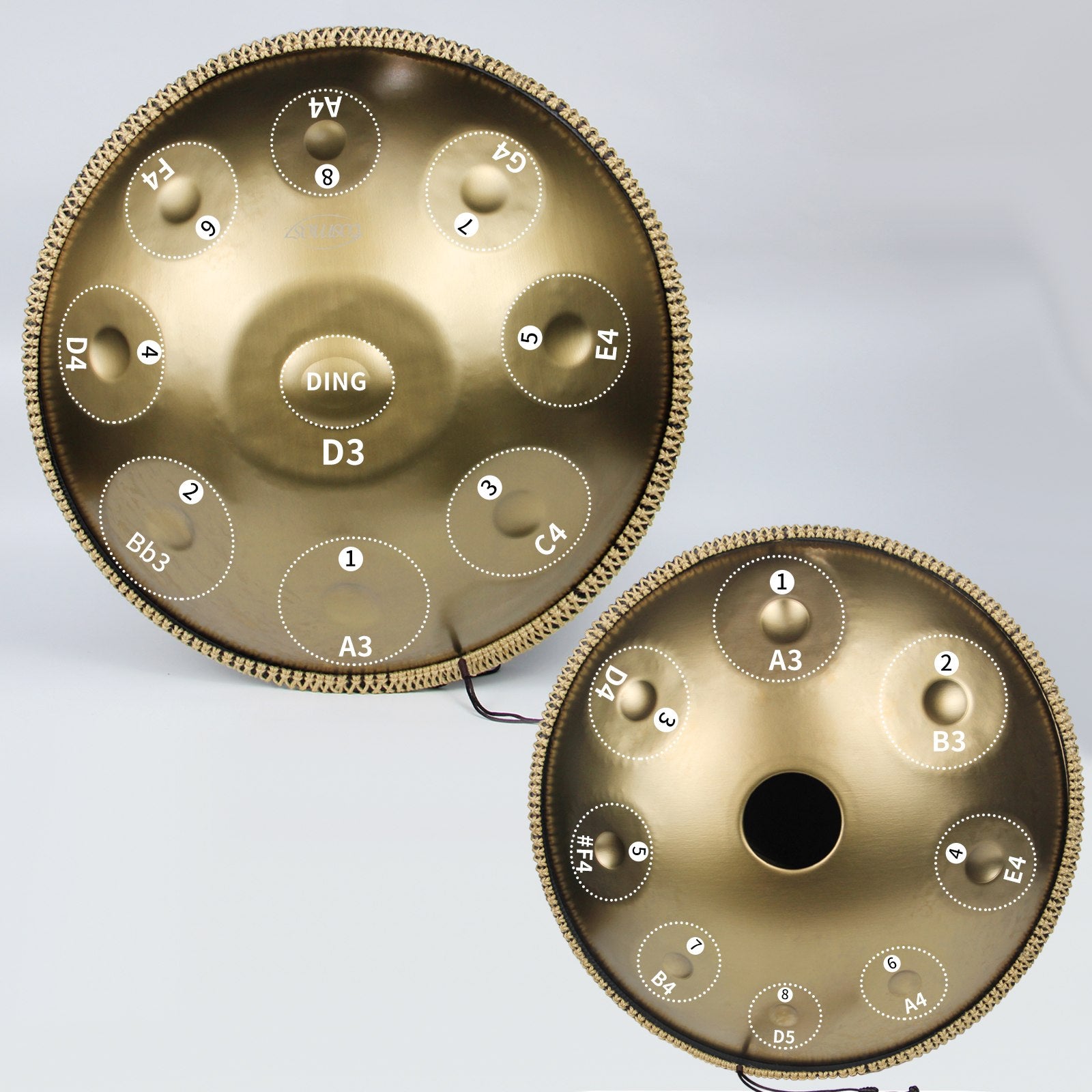In the realm of percussion instruments, Handpan, Hang Drum, and Pantam stand out as unique and captivating options. Each instrument offers its own set of characteristics and musical nuances, making them favorites among musicians and enthusiasts alike. Let's delve into the distinct features of these instruments and explore what sets them apart from each other.
Handpan:
The Handpan, also known as the Hang, is a mesmerizing instrument characterized by its spherical shape and concave design. It typically consists of two shallow, dished metal hemispheres fused together, with a central note and a series of tone fields around it. One of the defining features of the Handpan is its ethereal and melodic sound, reminiscent of a blend between a steel drum and a bell. The Handpan is played by striking the tone fields with the fingertips, producing rich and harmonious tones that resonate with a soothing and calming quality. Its versatility allows musicians to create a wide range of melodies and rhythms, making it a popular choice in ambient music, meditation practices, and world music genres.
Hang Drum:
The Hang Drum, often simply referred to as the Hang, shares similarities with the Handpan in terms of its shape and playing technique. It is also crafted from two concave metal hemispheres but has a different arrangement of tone fields and a distinct sound profile. The Hang Drum's tone fields are carefully tuned to specific notes, creating a melodic scale that lends itself to improvisation and musical exploration. When played, the Hang produces warm and resonant tones with a soothing and meditative quality. Its sound is often described as mystical and enchanting, making it a popular choice for relaxation, sound healing therapies, and world music performances.
Pantam:
The Pantam, sometimes referred to as the Pan Tam, is a relative newcomer to the world of percussion instruments but has quickly gained popularity for its unique sound and expressive capabilities. Similar to the Handpan and Hang Drum, the Pantam features a concave metal structure with tuned tone fields arranged in a circular pattern. What sets the Pantam apart is its broader range of notes and a more diverse tonal palette, allowing for intricate melodies and rhythmic patterns. The Pantam's sound is characterized by its clarity, resonance, and dynamic range, making it suitable for a variety of musical styles and settings. Whether used in solo performances, ensemble playing, or collaborative music projects, the Pantam offers musicians a versatile and captivating instrument to explore and create with.
Differences and Considerations:
While Handpan, Hang Drum, and Pantam share similarities in their design and playing techniques, there are notable differences to consider:
-
Sound Characteristics: Each instrument has its unique sound characteristics, ranging from the ethereal and melodic tones of the Handpan to the warm and meditative sounds of the Hang Drum and the dynamic and expressive range of the Pantam.
-
Tuning and Scale: The tuning and scale of the instruments vary, influencing the types of melodies and harmonies that can be created. Handpans and Hang Drums often feature pentatonic or diatonic scales, while Pantams may offer a wider range of scales and notes.
-
Playing Technique: While all three instruments are played by striking the tone fields with the fingertips, the specific playing techniques and hand movements may vary slightly, impacting the nuances and expressions in the music produced.
-
Versatility: Each instrument offers its level of versatility, with the Handpan known for its melodic capabilities, the Hang Drum for its meditative and ambient qualities, and the Pantam for its dynamic range and expressive potential.

